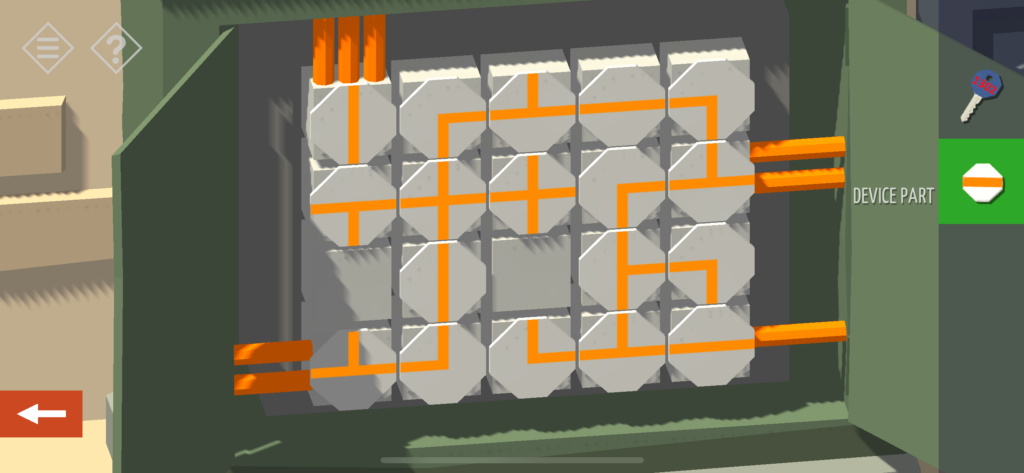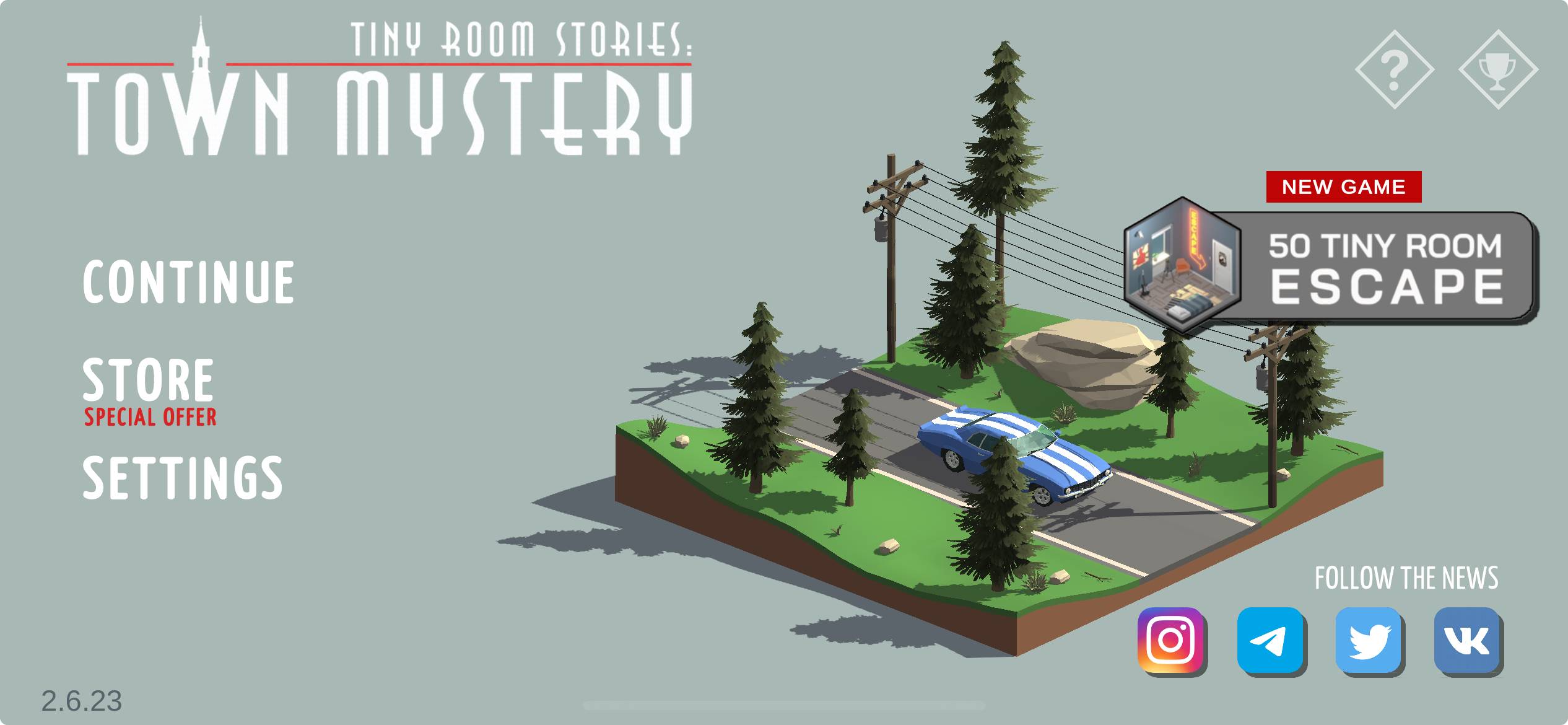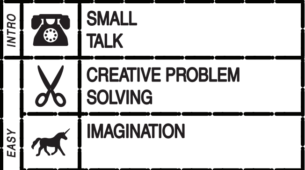In this critical play, the focus is on the game Tiny Room Stories: Town Mystery, created by Kiary Games. Available for free on the Apple Store, the game appears to target players aged 12 and above, as it requires a solid understanding of logic and puzzle-solving skills that may be too complex for younger children.
The narrative unfolds through the game’s initial premise: a letter from the main character’s father, summoning him to the mysterious city of Cardiff. From there, the story progresses through two key mechanisms: evocative architectural spaces and embedded narrative elements.
Upon arriving in Cardiff, the player enters the first room, a richly detailed and interactive space characteristic of every level in the game. These rooms prompt exploration and engagement with their objects, forming the basis of the gameplay. As players solve puzzles within each room, they uncover clues that lead them to the next location. The transition between levels is represented by the character walking to his car and driving across a map of Cardiff. Figure 1 shows an example from the third level, where the player finds a key in a house (from level 2), which leads them to a bank.

Another important architectural aspect of the game is its use of embedded narrative. These objects in the environment contain story-relevant information or interactions. They wait to be discovered, moved, or activated by the player. For example, Figure 2 shows a puzzle in the bank level where the player must interact with an electrical panel. By using parts previously collected (such as the device highlighted in green), the player solves the puzzle and gains access to the next room.

Together, the evocative spaces and embedded narrative contribute to two dominant aesthetic goals of the game:
- Narrative – following the protagonist’s emotional journey and uncovering the mystery behind his father’s letter;
- Discovery – revealing unexplored environments and finding hidden connections between rooms.
Another remarkable point of the game is its accessibility. Accessibility in Tiny Room Stories presents both strengths and limitations. On the positive side, the game supports over eight languages, including Polish, Portuguese, Russian, and Turkish which broadens access for international players. Additionally, it features a built-in hint system that helps players who become stuck at any point in the game. However, there are several drawbacks. The game lacks voice narration or audio support for blind or visually impaired players. It also relies heavily on visual elements such as reading clues, symbols, and numbers, which may limit accessibility. Furthermore, there are no adjustable text sizes, colorblind modes, or customizable controls, potentially excluding players with specific needs.



